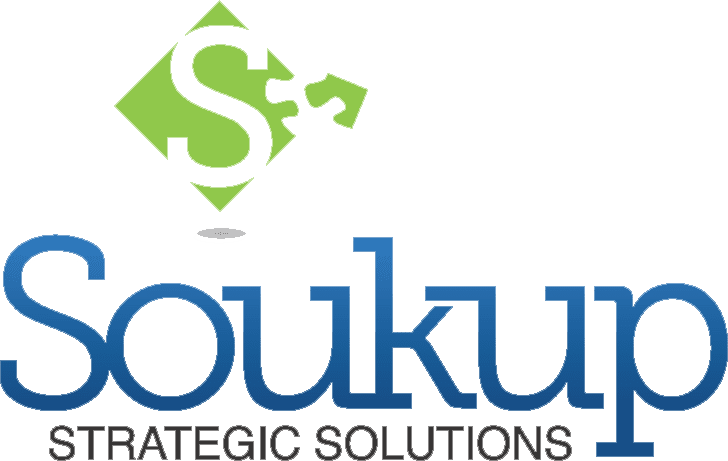As nonprofits navigate an increasingly digital world, the adoption of artificial intelligence (AI) can unlock new potentials in efficiency and outreach. However, the concept of AI can seem complex and daunting. This blog post simplifies one of the most accessible aspects of AI—prompt engineering—showing you how it can be a game-changer for your organization. By understanding and utilizing prompt engineering, your nonprofit can enhance its operations, improve donor engagement, and streamline communication, all while maintaining the human touch that is so vital to your mission.
What is AI Prompt Engineering?
AI prompt engineering involves crafting questions or instructions to guide an AI program’s response in a desired direction. Imagine it as teaching a very literal student who will follow instructions precisely as given, without interpretation. The better your prompts, the better the AI’s output aligns with your needs, whether it’s drafting content, sorting data, or engaging users.
Understanding the Basics
At its core, prompt engineering is about crafting inputs that guide AI to produce the desired outcome. Think of it as providing a highly detailed recipe to someone who’s only learning to cook; the quality and specificity of your instructions directly impact the outcome of the dish.
Want to master AI prompt engineering for your nonprofit? Enroll in our online AI Course to gain deeper insights and practical skills!
Components of a Good Prompt
A good prompt should be:
- Clear: The instructions must be unambiguous and specific to avoid unwanted outcomes.
- Concise: While detail is helpful, overly complicated prompts can confuse AI models. The balance of being thorough yet straightforward is key.
- Contextual: Including relevant context helps the AI understand the scenario better and produce more applicable responses.
- Corrective: Good prompt engineering often involves iteration. Based on the AI’s responses, prompts may need refining to better align with organizational goals.
Example in Action
Imagine you run a campaign to increase awareness about your nonprofit’s initiatives. Instead of manually drafting each message, you could use AI to generate personalized content. By engineering prompts like, “Create a concise, engaging message explaining our current initiative to a 25-year-old interested in environmental activism,” you set the AI to generate specific communications that resonate with your target demographic.
Relevance to Nonprofits
For nonprofits, the stakes in communication and operational efficiency are high. Prompt engineering can transform how you engage with donors, manage inquiries, and disseminate information. This tool allows for personalized communication at scale, where AI can help tailor messages that resonate with diverse supporter groups, all while automating routine tasks to free up valuable human resources for strategic activities.
Why It Matters for Nonprofits
For nonprofits, effective communication, precise data handling, and efficient task management are paramount. AI, directed by well-designed prompts, can assist in these areas by automating responses, personalizing communications, and analyzing data more swiftly than traditional methods. This not only saves time and resources but also enhances the effectiveness of the organization’s efforts.
Basic Principles of AI Prompt Engineering
To effectively use AI prompt engineering, consider these simple guidelines:
- Clarity and Specificity: Be as clear and specific as possible in your instructions to ensure the AI understands the desired outcome.
- Iterative Refinement: Treat the process as iterative. Initial responses from AI might not be perfect, but each interaction is an opportunity to refine your prompts.
- Context Matters: Provide enough context so the AI can generate more accurate and relevant outputs.
Practical Applications in Nonprofits
Imagine planning a fundraising campaign where you need to craft multiple messages for different segments of your audience:
- Young donors might resonate with dynamic, impactful storytelling.
- Long-term supporters might prefer detailed updates on projects they’ve funded.
- Using AI, you can develop specific prompts that produce tailored messages for each group, ensuring relevance and increasing engagement without manual effort for each communication.
Challenges and Considerations
While AI prompt engineering is a powerful tool, it comes with challenges. Data privacy, the accuracy of AI-generated content, and the need for regular updates on AI models are considerations that need careful attention. Moreover, an ethical approach to AI use ensures that technology augments human effort without replacing the personal touch that is crucial in nonprofit work.
1. Data Privacy and Security
- Concern: Nonprofits often handle sensitive information, including donor details, beneficiary data, and financial records. Ensuring the privacy and security of this data when interacting with AI systems is crucial.
- Action: It is essential to use AI platforms that comply with data protection regulations (such as GDPR or HIPAA, depending on your location and scope of operations) and to ensure that data handling practices within AI interactions are secure.
2. Accuracy and Reliability
- Concern: AI systems, especially those driven by prompts, rely heavily on the data they are trained on. This can lead to issues with accuracy if the data is not representative or is biased.
- Action: Nonprofits should regularly review and update the data sets that train their AI systems to ensure that they reflect an accurate and unbiased view of their target scenarios.
3. Dependency and Over-reliance
- Concern: There’s a risk of becoming too reliant on AI for decision-making, potentially overlooking the nuanced understanding that human experience brings, especially in the dynamic context of nonprofit work.
- Action: Balance AI use with human oversight. Ensure that strategic decisions involve a human review to incorporate empathy, ethical considerations, and contextual awareness that AI cannot fully replicate.
4. Ethical Use of AI
- Concern: The use of AI can raise ethical questions, especially concerning transparency, consent, and the potential for unintended consequences.
- Action: Nonprofits should establish clear guidelines for ethical AI use, including transparency about how AI is used, obtaining necessary consents, and having mechanisms in place to identify and mitigate unintended consequences.
5. Resource Allocation
- Concern: Implementing and maintaining AI technologies can be resource-intensive, requiring financial investment, training, and ongoing management that might strain limited nonprofit budgets.
- Action: Carefully evaluate the cost-effectiveness of AI solutions, considering not only the initial implementation but also long-term maintenance and the potential ROI in terms of saved time and improved outcomes.
6. Keeping Pace with Technology
- Concern: AI technology evolves rapidly, and keeping up can be challenging, especially for nonprofits that may not have dedicated IT staff.
- Action: Engage with tech consultants, attend relevant training, and possibly partner with technology providers who offer specialized support for nonprofits to ensure your organization remains up to date with the latest developments.
Implementing AI Prompt Engineering in Nonprofits
AI prompt engineering is not just a technological upgrade but a strategic asset for nonprofits aiming to enhance their efficiency and effectiveness. By embracing this approach, your organization can deliver personalized, impactful communications and manage operations more smoothly, ultimately driving greater success in your mission. Take the next step in enhancing your nonprofit’s AI capabilities. Sign up for our comprehensive online AI Course today!






